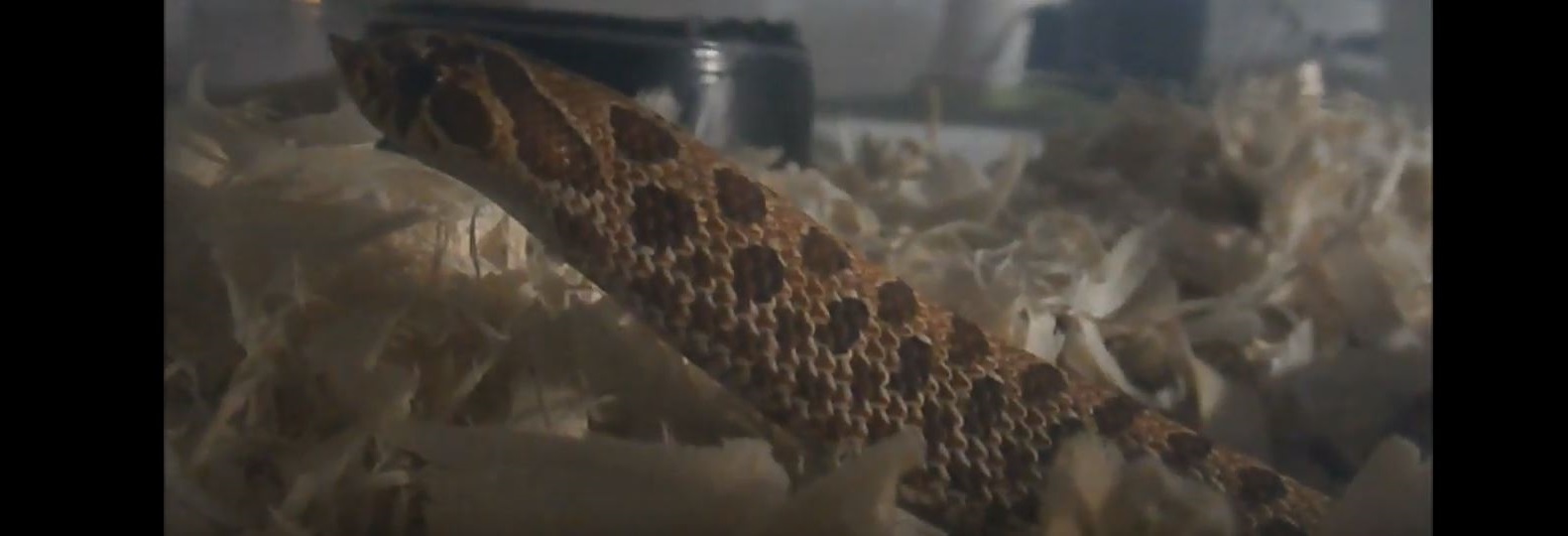How do snakes communicate?
Snakes are solitary creatures that engage in a limited amount of social interactions. Snakes, because they do not hear airborne noises, they are physically hampered. They use their senses of taste and smell to analyze different components in their surroundings and these clues give them what they need to communicate with each other, hunt down prey and avoid dangerous predators. They do all this using their vomeronasal organ (VNO), also called Jacobson’s organ. This is an auxiliary olfactory sense organ that is found in snakes and other creatures. In reptiles, it is a patch of sensory cells on the roof of the mouth that allows the snake to detect heavy moisture-borne odour particlesewith its tongue. This means that Snakes actually do use their tongues to smell! Snakes have two nostrils, located at the end of the snout on top of their heads. But a snake's tongue is vitally important.
As the snake flicks its bifurcated (that means forked) tongue through the air, it picks up tiny chemical particles and transmits the information to the two openings in the Jacomsen organ. These two openings allow the snake to smell the world “in stereo,” They can even tell if an odor is coming from their left or their right. This mean a Snake can use the vomeronasal system or Jacobsens organ follow a trail, hunt down prey, avoid predators, and to communicate with other snakes. Snakes leave a complex trail of chemical scents as they traverse the ground. Pheromones are most important of these chemical communications. There are two types of pheromones spread by snakes. One is lipids that are spread on the ground as the snake crawls along. The other is a type pheromone that is airborne and can be recognized by other snakes even from a distance. By spreading, accumulating and evaluating pheromones, snakes can communicate.

A snake can discover another’s gender, age, type and reproductive state just by analyzing the pheromones. The most important part of pheromones is the information about another snake’s reproductive state. This means snakes can use this information for finding a suitable mate, making it interested, and even help defend its breeding partners. When a male finds a female that his is interested in he engages in a twitchy dance to win her over. She will respond by shaking her tail at him if interested. If more than one male is after the same female, they may hiss at each other, and physically fight. The brawl consists of each snake trying to shove the other one’s head to the ground and pin them there. Even though snakes do not experience the world as we do, they are able to see, touch, hear, and smell things in their own way.
Read the How to get rid of snakes page for helpful information and to learn more about How do snakes communicate?
How do snakes communicate?

